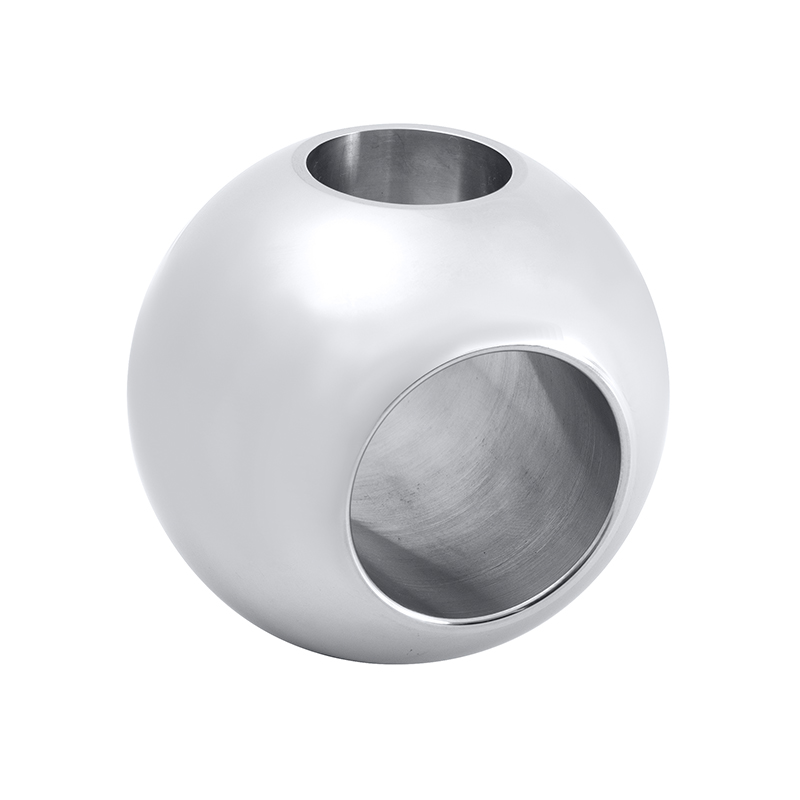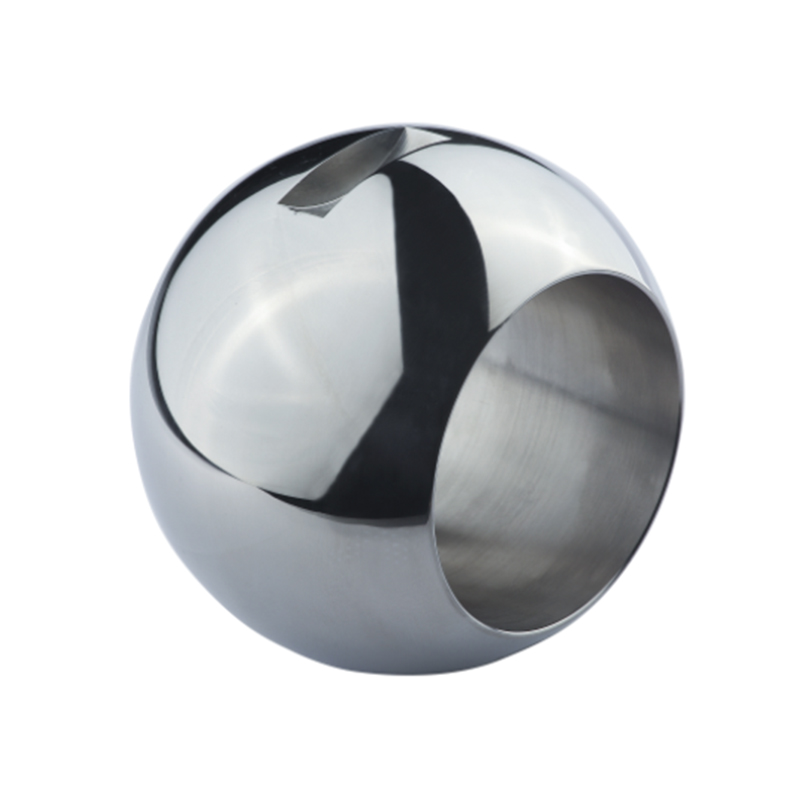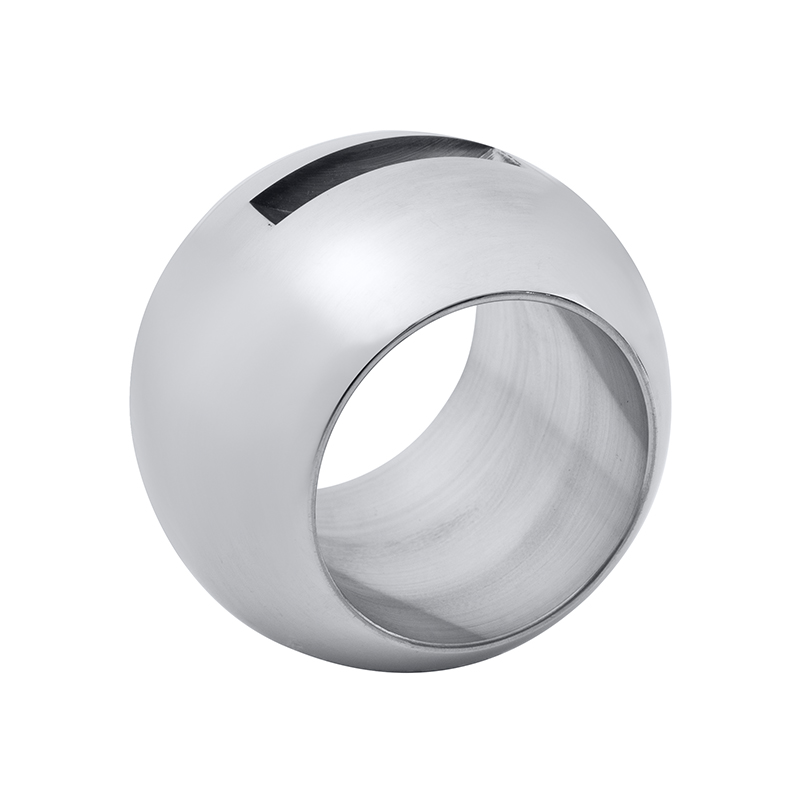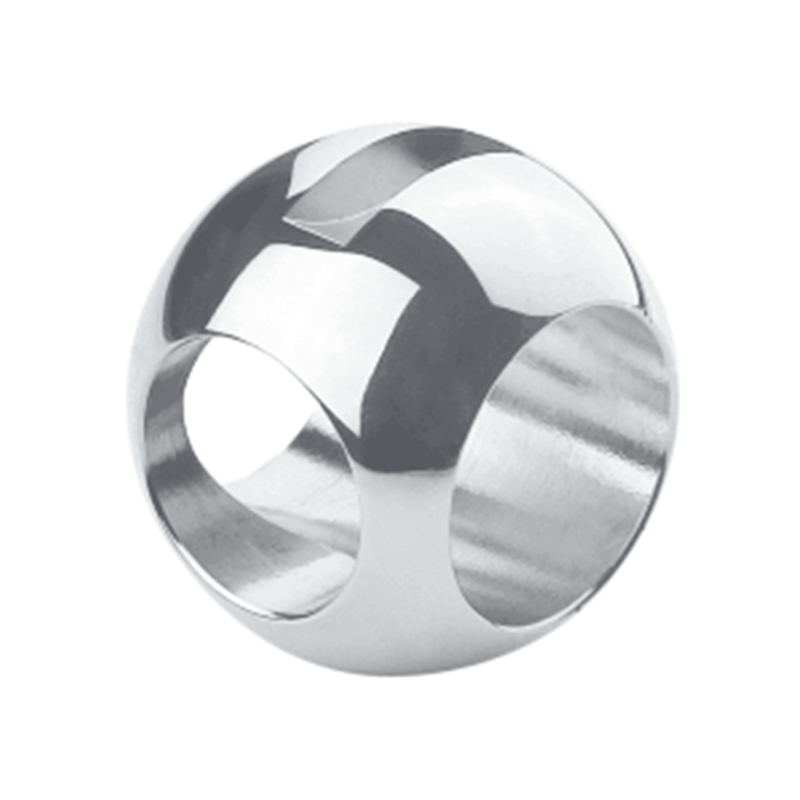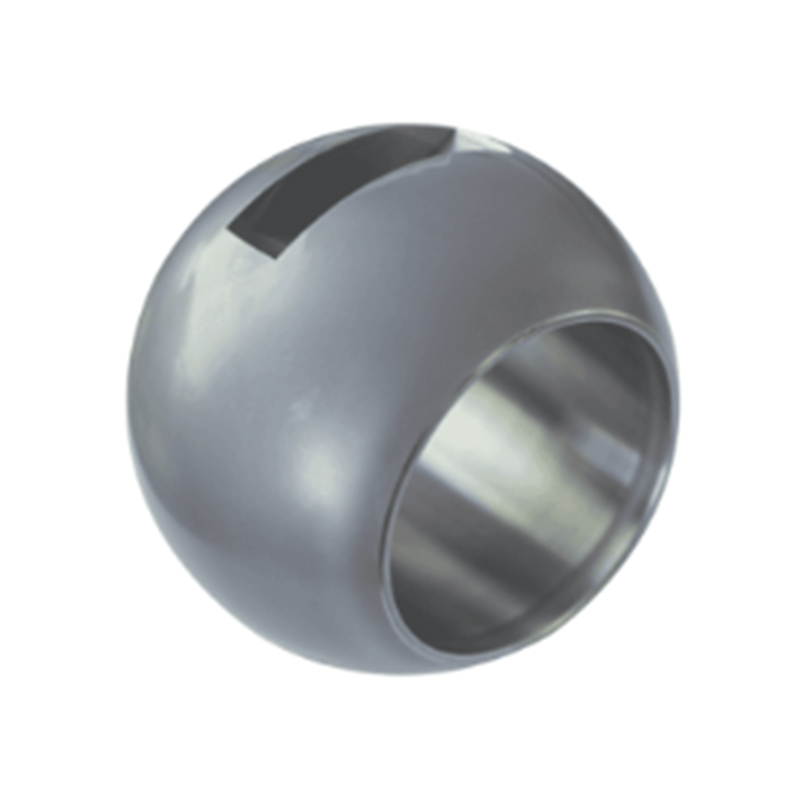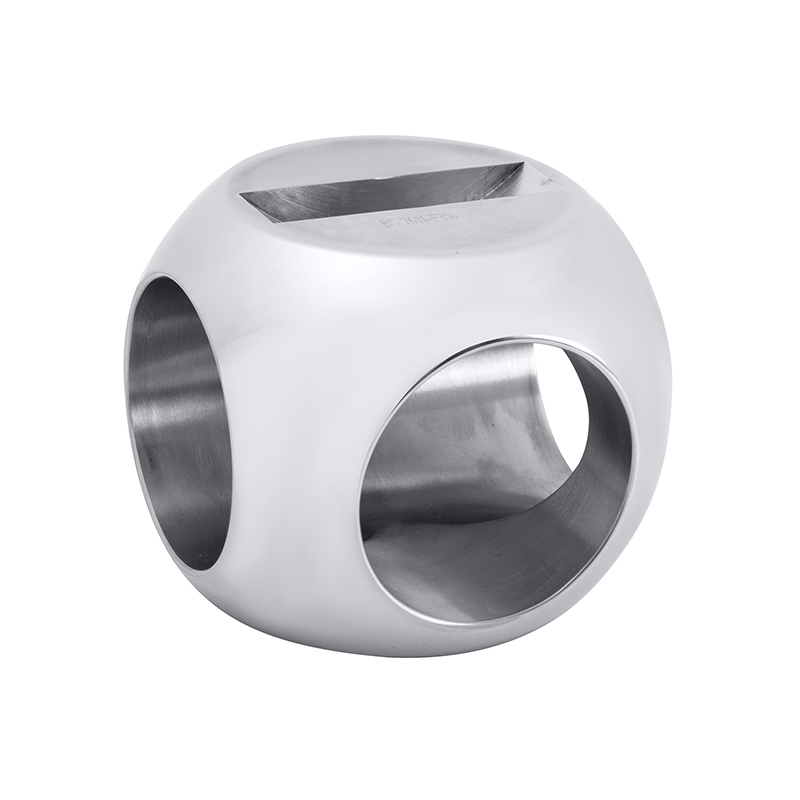The valve ball industry has witnessed significant innovation in recent years, driven by the need for improved performance, durability, and reliability in various industrial applications. As valves serve as crucial components for controlling fluid flow in pipelines, the choice of materials for valve balls is essential in determining their functionality and lifespan. Among the widely used valve types, the big ball valve, straight ball valve, and v port ball valve stand out due to their distinct designs and operational characteristics. The continuous development of new materials tailored for these valve balls is shaping the future of valve technology.
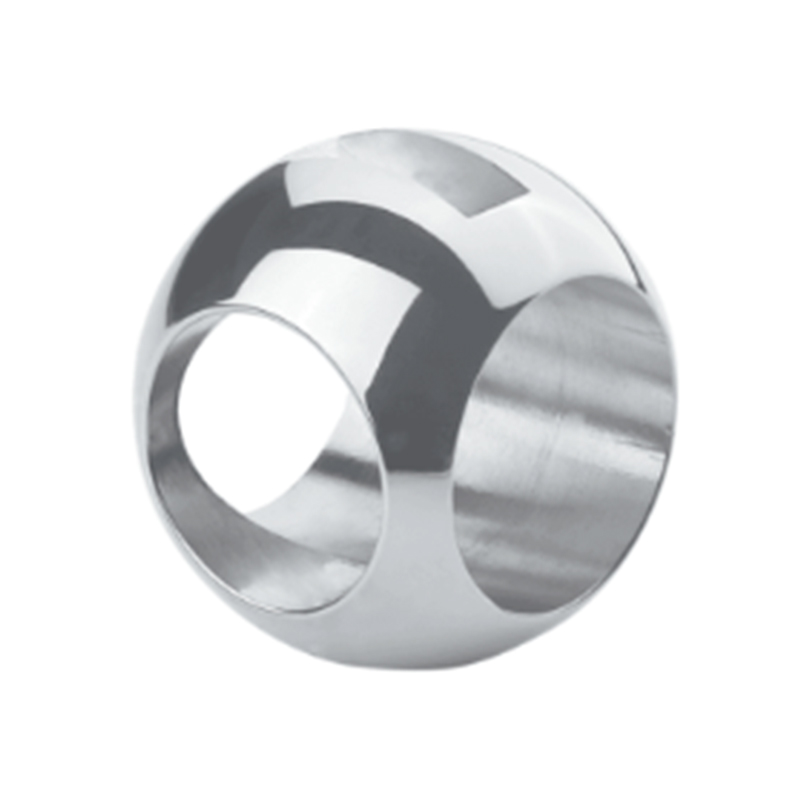
Big Ball Valve and Material Innovations
Big ball valves, characterized by their large-sized spherical closures, are commonly used in industries that require handling high flow volumes, such as water treatment, oil and gas, and power plants. The size of the ball in these valves demands materials that offer reliable mechanical strength, corrosion resistance, and wear resistance under varying operational conditions.
Traditional valve balls were made more from stainless steel or carbon steel, which provide adequate strength but can sometimes fall short in highly corrosive or abrasive environments. Recently, the industry has seen a shift toward advanced alloys and composite materials. For instance, duplex stainless steel and super duplex stainless steel have gained traction due to their enhanced resistance to stress corrosion cracking and pitting, which is critical for big ball valves exposed to seawater or chemical processing fluids.
Moreover, coatings and surface treatments such as tungsten carbide overlays or ceramic linings are being applied to big ball valves to extend their service life by reducing surface wear. These materials reduce friction during operation and prevent damage caused by particulate matter flowing through the valve.
Straight Ball Valve and Material Developments
Straight ball valves, known for their simple design with a hole drilled straight through the ball, are commonly used for on/off service in various fluid systems. Their straightforward flow path ensures a small pressure drop and makes them suitable for general-purpose applications.
The choice of material for straight ball valves balances durability and cost-effectiveness. Traditionally, stainless steel and brass have been standard materials. However, newer polymer composites and reinforced thermoplastics are emerging as viable alternatives, especially in applications where weight reduction and chemical resistance are priorities.
Polymer-based balls, such as those made from PEEK (polyether ether ketone) or PTFE (polytetrafluoroethylene) composites, offer low friction and reliable chemical inertness. These materials are gaining attention in chemical processing and pharmaceutical industries, where aggressive chemicals require materials that do not corrode or contaminate the fluid.
Furthermore, innovative metal-ceramic hybrid materials are being explored for straight ball valves to combine the strength of metals with the hardness of ceramics. This approach can result in valve balls that sustain heavy operational stress while resisting abrasive wear, increasing the operational life and reliability of the valve.
V Port Ball Valve and Emerging Material Solutions
The v port ball valve distinguishes itself from standard ball valves by having a V-shaped notch in the ball. This design allows for precise control of flow rates and is commonly employed in throttling applications where flow regulation is critical.
Due to the dynamic nature of flow control in v port ball valves, the materials used must withstand not only corrosion and wear but also the mechanical stresses caused by frequent adjustments. In response to these demands, specialized materials with high wear resistance and structural integrity are being integrated into v port valve balls.
Alloys such as Inconel and Hastelloy, known for their strength and corrosion resistance in harsh environments, are often selected for valve balls used in demanding throttling situations. These alloys maintain their mechanical properties at elevated temperatures and resist chemical attack, making them suitable for the petrochemical and power generation sectors.
In addition, research into nanocomposite coatings is showing promise for v port ball valves. These coatings enhance surface hardness and reduce friction, enabling smoother valve operation and reducing maintenance frequency. The ability of nanocomposite materials to adapt to different operational environments provides flexibility in valve design and application.
Summary and Outlook
The valve ball industry is evolving through the introduction of emerging materials that enhance the performance and reliability of big ball valves, straight ball valves, and v port ball valves. Each valve type benefits from material innovations tailored to its operational requirements—be it the large-scale flow control of big ball valves, the straightforward functionality of straight ball valves, or the precise throttling of v port ball valves.
By embracing new alloys, polymer composites, and advanced coatings, manufacturers can offer valves capable of withstanding harsh industrial conditions while requiring less maintenance and operational downtime. These developments highlight the ongoing importance of materials science in advancing valve technology and supporting a broad range of industrial applications.

 English
English Español
Español Deutsch
Deutsch
